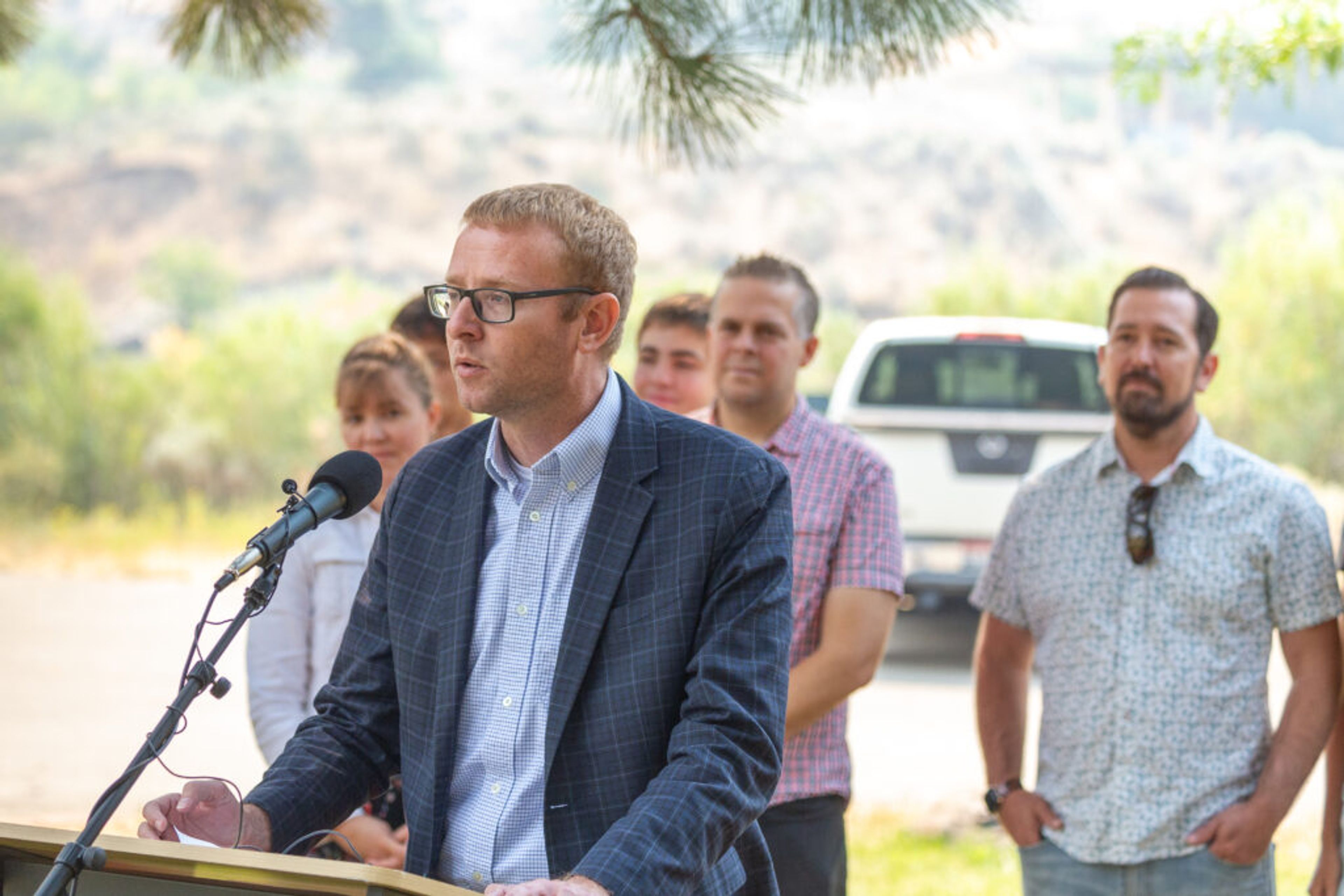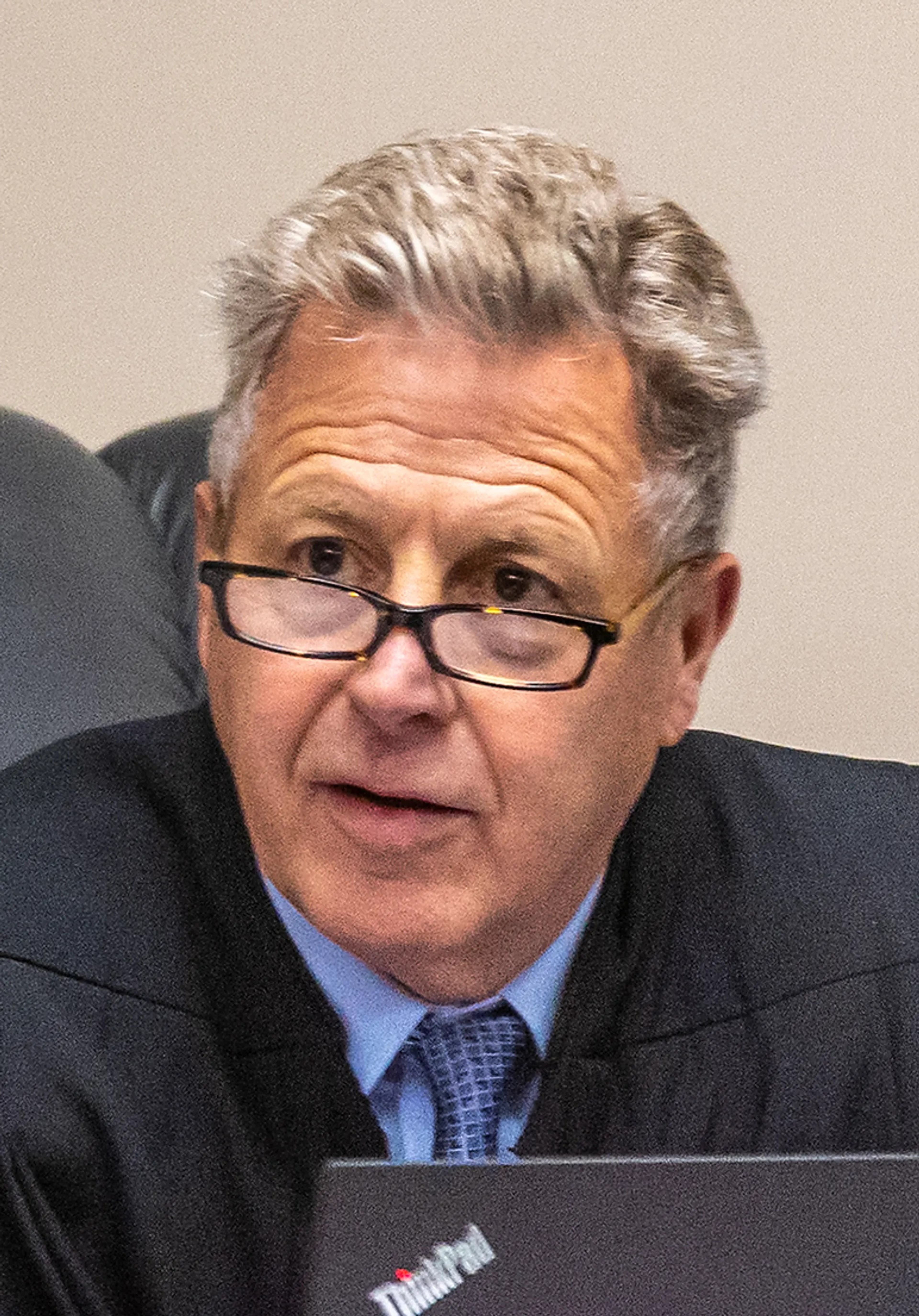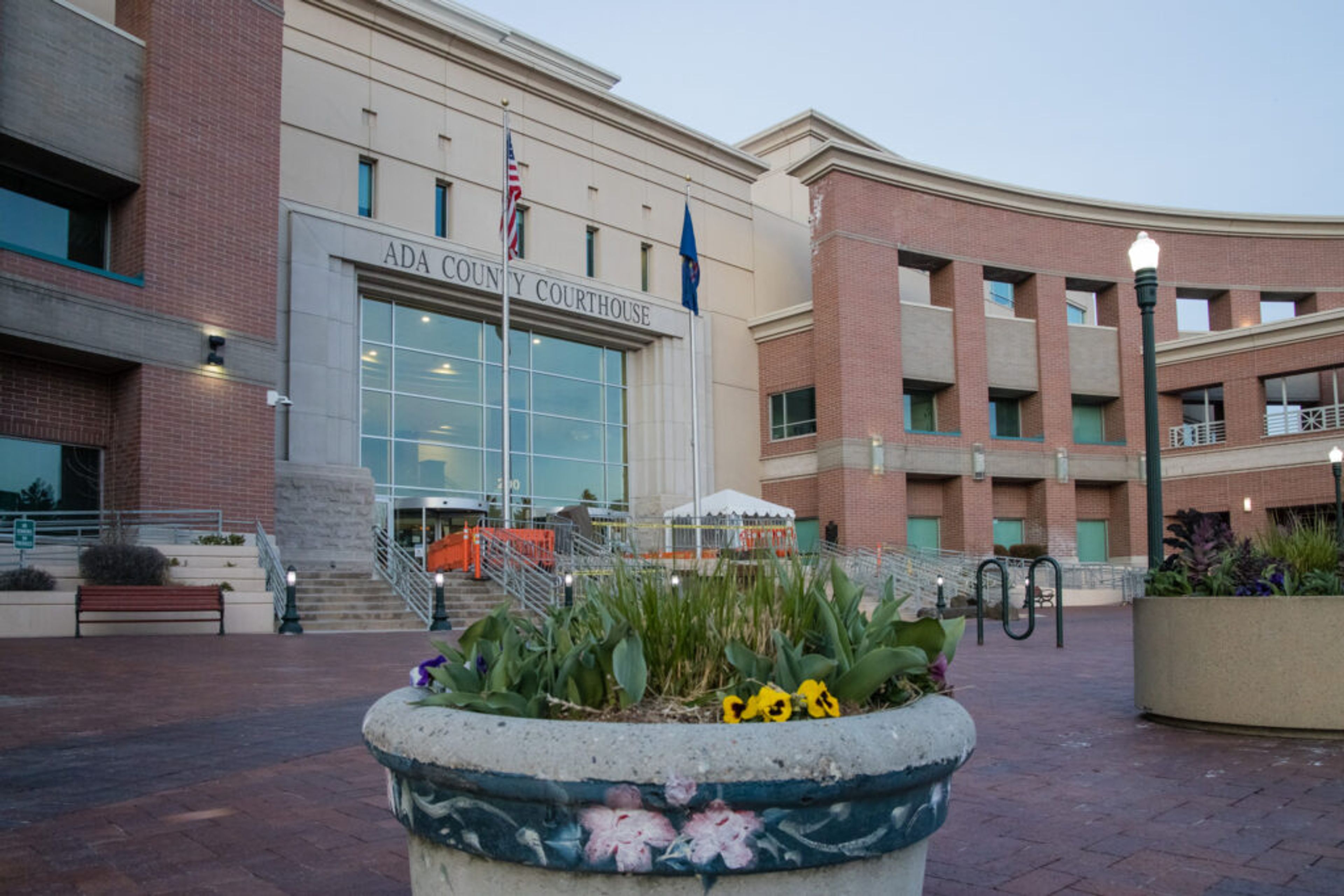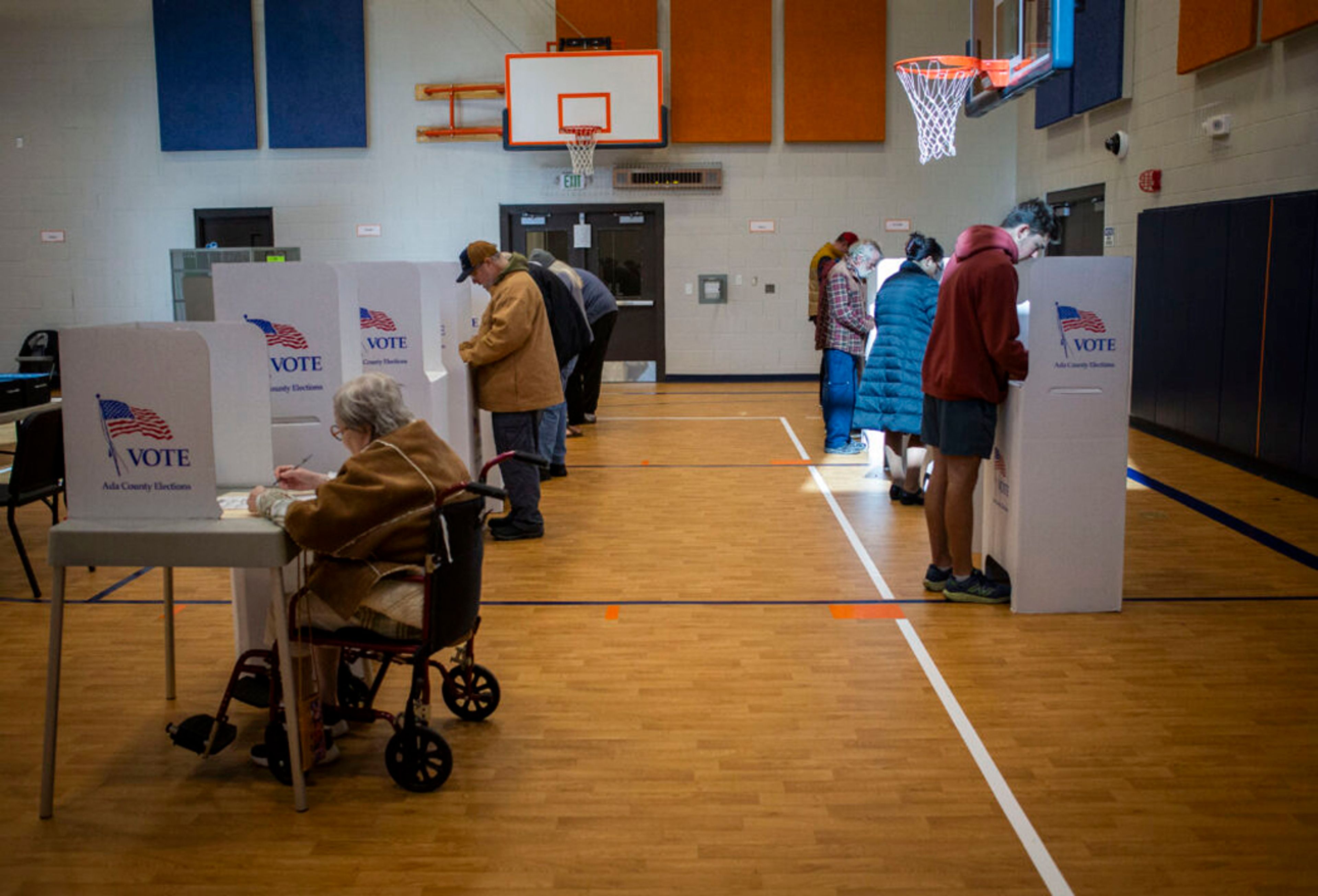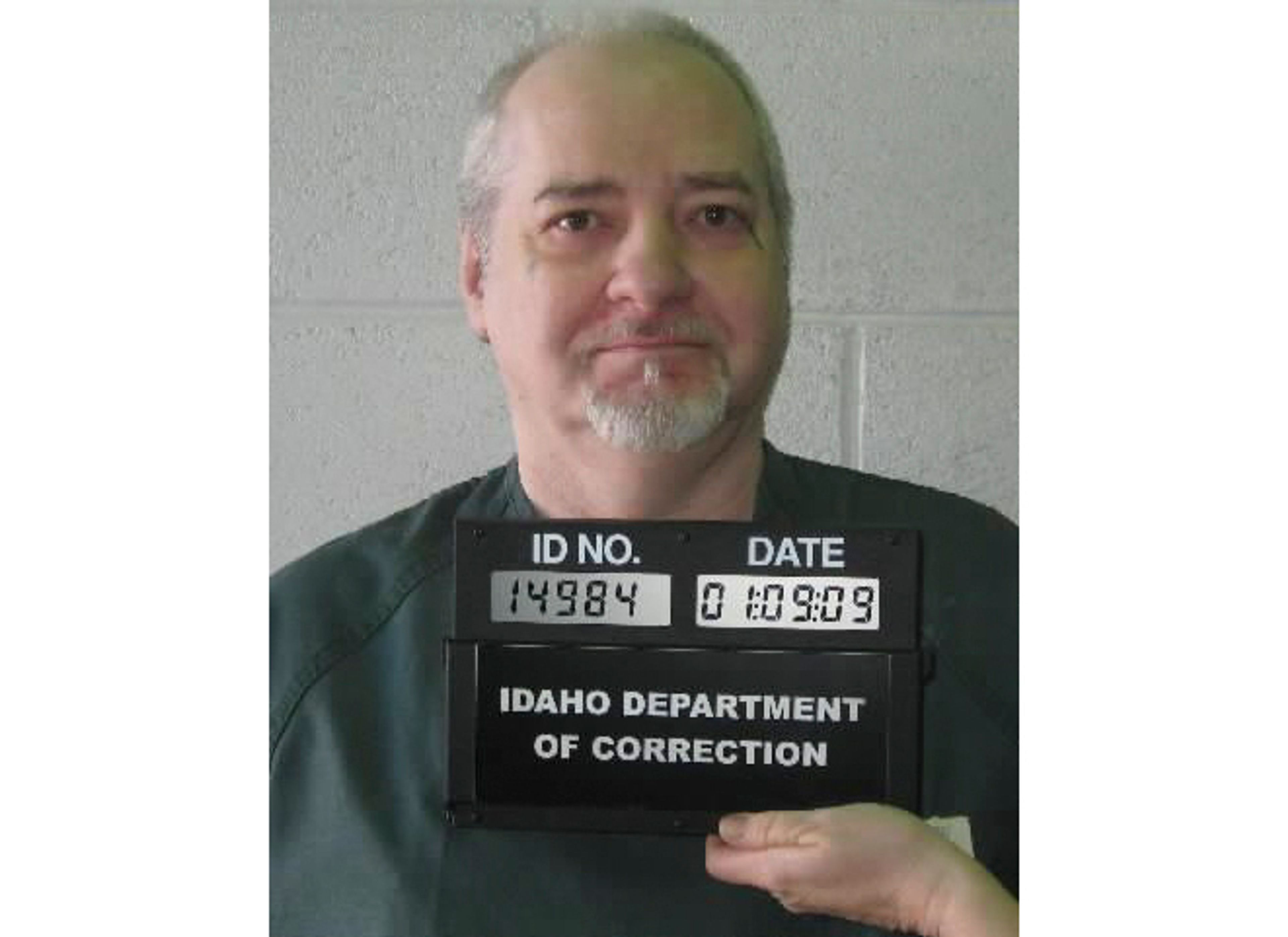BOISE — Idaho’s most populated cities and counties appear to be big winners under a new revenue sharing proposal that was introduced Wednesday in the House Revenue and Taxation Committee.
The bill, sponsored by Rep. Jason Monks, R-Nampa, revises the formula used to distribute sales tax revenues to local jurisdictions.
Barring any major decreases in tax receipts, no jurisdiction would get less money than they currently receive. As tax collections increase, however, the new revenues would be used to equalize the per-capita distribution over time.
“This proposal looks at what cities and counties are getting now, and that becomes the base (distribution),” Monks said. “If next year there’s zero growth in sales tax, then nothing changes. If there is some revenue growth, that extra money would be divided based on population. It would go to cities and counties that are below the average and bring them up to the average.”
The current revenue sharing formula allocates 11.5 percent of state sales tax receipts to local jurisdictions. Last year, that amounted to $204.2 million.
The money gets distributed to cities and counties based on a number of factors, including population, property market values and historic payment levels. Over time, Monks said, that has dramatically skewed the per-capita allocation.
In 2017, for example, the revenue sharing distribution to Idaho’s 44 counties ranged from $43.39 to $327.07 on a per-capita basis, with a statewide average of $52.36. The variation between cities was even wider; it ranged from $34.54 to $519.21, with an average of $71.64.
Under Monks’ proposal, cities and counties that are under the statewide averages would be first in line for any incremental growth in local revenue sharing dollars. Once they’re brought up to the average, the money that’s left over would be distributed across all jurisdictions based on population.
The statewide averages would be recalculated each year, Monks said. Eventually, this would equalize the per-capita distribution.
“Instead of these vast extremes, we’re slowly bringing everybody closer and closer (to the average), and we’re doing it with growth,” he said.
According to a handout Monks provided, Ada, Canyon and Kootenai counties would be big winners under the proposal. Had the new formula been in place last year, for example, the distribution for each of the three counties would have increased by at least $1.2 million. That alone is more than the total distribution to 26 of the 44 counties.
At the municipal level, Boise, Caldwell, Meridian and Nampa would have been the biggest winners. Each of them would have received at least $520,000 in additional revenue.
Rep. Jake Ellis, D-Boise, wondered if the new formula would cause an uptick in local levy rates.
“If cities can’t pay for growth through the sales tax, they’ll revert to levy rates,” he noted.
Monks said that problem already exists, given the inequities in the current revenue sharing formula.
“We’ve created that inequity,” he said. “We’re forcing the jurisdictions that get less revenue (on a per-capita basis) to figure out other ways to raise revenues. I don’t think this change makes that any more likely.”
The bill was introduced on a unanimous voice vote. It should now come back to the committee for a public hearing. However, Revenue and Taxation Chairman Gary Collins, R-Nampa, said he doesn’t plan to hold the hearing any time soon, so stakeholders have plenty of time to review the bill.

